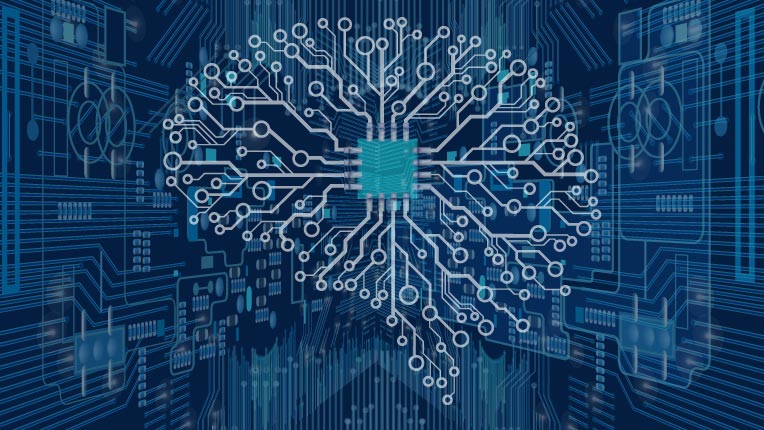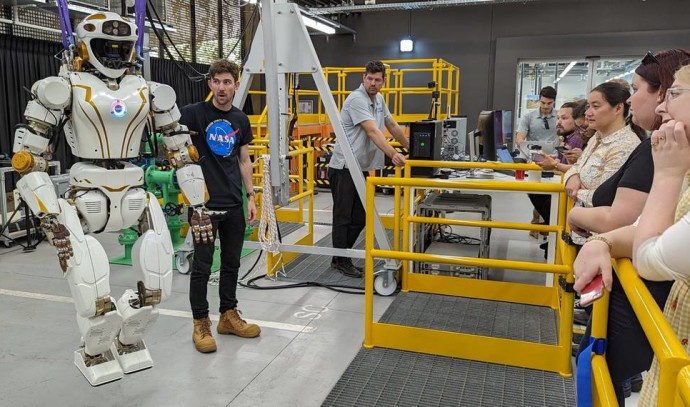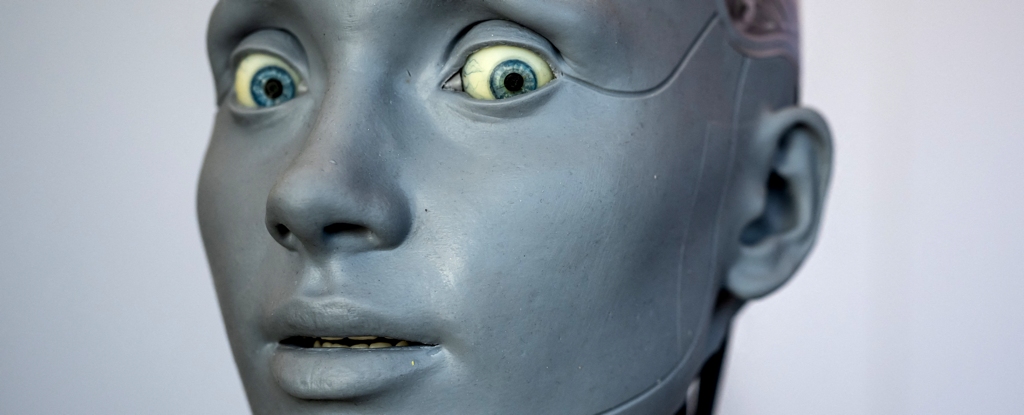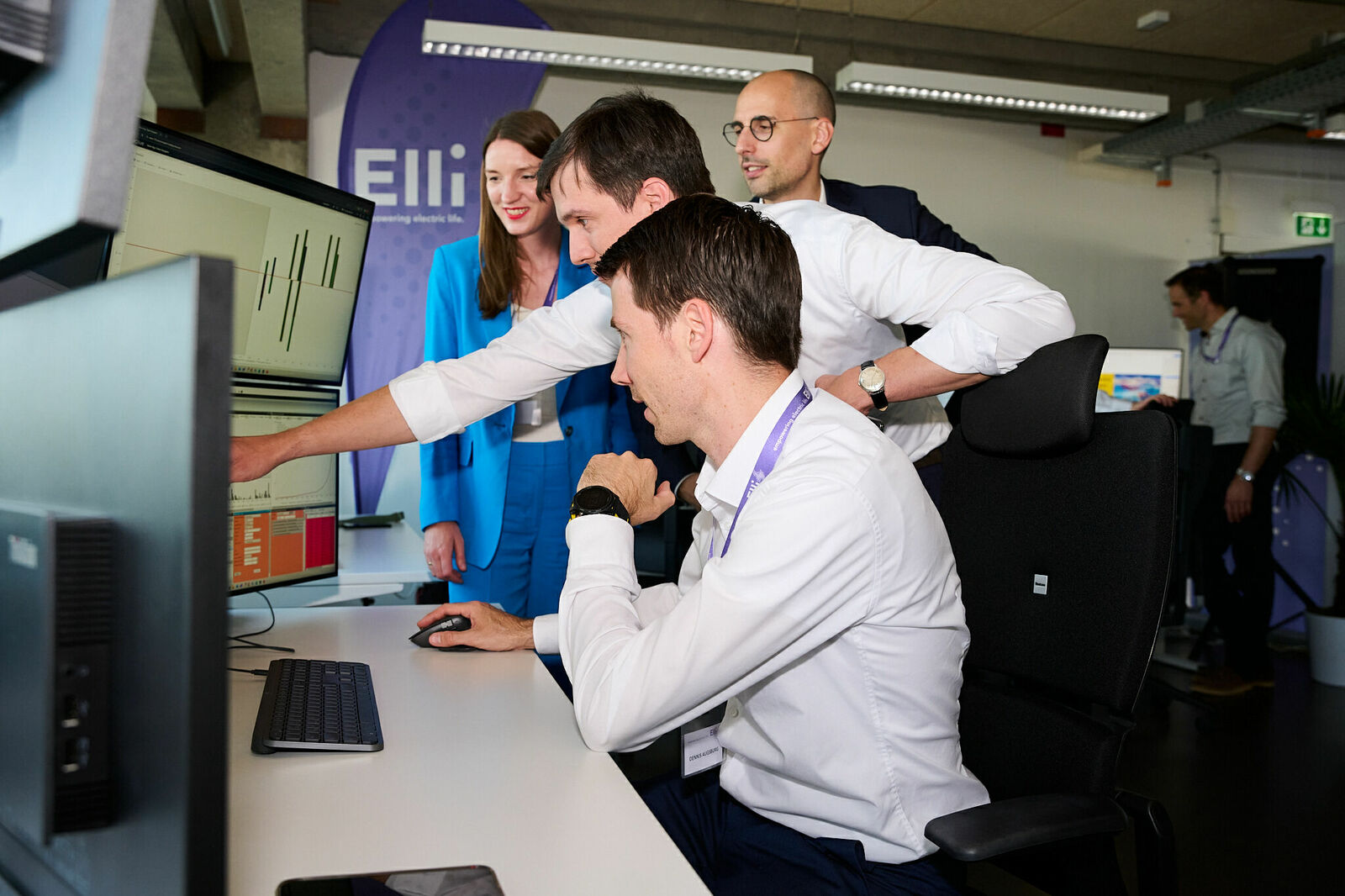Weeknotes 247; the silent LLMs arms race
On bricked hPSS, AI principles washing, and more.

Hi, y’all! Happy summer vibes!
Sad news about VanMoof last week. I think it was a great company with super nice bikes (although here in the Netherlands, the bikes became a symbol for not-so-social bike riders claiming too much space in gentrified cities). The founders had a strong vision in creating a ‘Apple-like’ design and manufacture strategy to have maximum control on all parts to optimise for the biking experience. Apparently the quality control went south, and/or organisation of supply chain and service organisation derailed.
Apart from all the personal drama for clients, it is a signature case of potential bad consequences of hybrid product service systems (a frame for IoT products used by Dries in his dissertation). Stacey Higginbotham wrote a good piece in her newsletter last week. Last week I switched on my EO1-connected picture screen. The company was sold and officially discontinued long ago, but the software was still working for me for years. Now the website was discontinued and with that the product is bricked. On Mastodon we had some exchange on this fact, also wondering what to expect from a hPSS lifetime. I bought mine with the Kickstarter campaign back in 2015. At ThingsCon we discussed these kinds of questions back in the days with the Trustmark. We might bring the theme up again at our next end-of-year event…
Events
- Sensemakers DIY - nice for the summer vibes - 19 July https://www.meetup.com/sensemakersams/
- Foresight Europe Network Demo Hour with Tobias Revell, 20 July, online; https://feneu.org/
- Design for Planet meetup, July 25 in London and online. https://www.meetup.com/design-for-planet-meetup/events/294723475/
- When in Paris: https://kadist.org/program/the-future-is-not-what-it-used-to-be/
Notions of last week’s news
Some new introductions. To begin with Google, adding visual prompts and opening up to EU. Stripe is introducing a Radar, and Shopify has introduced Sidekick as conceptualisation. Netflix green screen AI.
Before we dive into all examples, this article: How to use Generative AI Tools While still protecting your privacy.

A new very smart project to research and understand how AI ‘thinks’ and can be applied for a new form of creativity, this project by Oio for Space10. Hyperlocalised design created by AI applied on a very contained form: plates:
https://www.fastcompany.com/90923092/ai-designed-plates-using-waste
This relates; to which workers are on the frontline of the AI revolution. The creative craftsmen.

The arms race of what model works best for what and under what conditions and trade-offs. Meta, Anthropic. And Elon is introducing its own.


/cloudfront-us-east-2.images.arcpublishing.com/reuters/F2L5QKLKVRPQ3FFRDBRNR27HXY.jpg)
Gary Markus - the critical AI scholar, introduced Center for the Advancement of Trustworthy AI

“Data-centric AI is a new paradigm that shifts the focus of AI from models to data. The quality of data is essential in building AI systems that can handle complex real-world problems.”

Mollick; a summary of the current state of AI and its uses, starting with powerful new AI systems released in recent weeks.
https://www.oneusefulthing.org/p/how-to-use-ai-to-do-stuff-an-opinionated
Stephen is reviewing these principles.

And more principles

Photography is our canary in the coal mine for the state of synthetic reality in our daily life.

And what we can learn about goal maximisation from machine learning

We are in the middle, or better at the beginning, of figuring out what guardrails are needed, what makes sense, what is most important etc. And the visions are formed in all major geo-spaces. Like in China, that seems to loosen, but still hard to tell.

This piece on the invisible details of Interaction Design is a pleasant deep dive in the little details of designing interfaces that feel like magic without noticing.

Coinbase is supporting a potential sign of the times, moving ownership of communication to the user from the big platforms. Coinbase promises a web3-based communication layer, just like Instagram promises account portability via the federated technical platform.
Smart contracts are not that smart. Or not that robust, better said:

Governance is a key element in web3 thinking. I do not think Dark Matter Labs is considering this, though, researching “a citizen-led governance and permissions system that aggregates vacant and underutilized spaces for civic uses”.
“Today’s victims of gentrification are pushed into a privatized world defined by cultural, political, and economic exclusion.”

I am unsure if I need a new notes app, but Bear 2 seems like a big step forward.
/cdn.vox-cdn.com/uploads/chorus_asset/file/24775088/Bear2.jpg)
Some robotic updates. Nasa Humanoids ended up in Australia. Can Companions fight loneliness?




Some news from the iconic Starship Technologies.

“Researchers at the Ohio State University (OSU) have now unveiled a new method for training self-driving cars that works like virtual reality for autonomous vehicles (AVs), making the AIs “think” the car is in one place when it’s actually in another.”
https://www.freethink.com/transportation/self-driving-cars-virtual-environment
Don’t forget that next to AI, ‘mundane’ things such as energy exchanges are even more defining.

Clickbait… I need to go back to both…

Fun or fear?

Paper for the week
Relations of moral beliefs and technologies:
This paper builds on an emerging field of inquiry by developing a synoptic taxonomy of the mechanisms of techno-moral change. It argues that technology affects moral beliefs and practices in three main domains: decisional (how we make morally loaded decisions), relational (how we relate to others) and perceptual (how we perceive situations). It argues that across these three domains there are six primary mechanisms of techno-moral change (…) The paper also discusses the layered, interactive and second-order effects of these mechanisms.
Danaher, J., Sætra, H. Mechanisms of Techno-Moral Change: A Taxonomy and Overview. Ethic Theory Moral Prac (2023).
https://link.springer.com/article/10.1007/s10677-023-10397-x
See you all!
I will focus more in the coming summer months on the Wijkbot project as we have an official opening at 22 August at Afrikaander Grondstoffenstation, and we are planning for some nice other places to apply and student projects to explore the toolkit and digital components.
As mentioned above, We are also starting to plan for a ThingsCon event in December, setting the theme, planning the format, finding a location, etc. You can always contact us if you want to share ideas for workshops and more.
We had a nice conversation at the ThingsCon Salon in September on Doing Ethics (find more here), and we also decided to start planning a new December conference. More about this soon.
See you next week!















